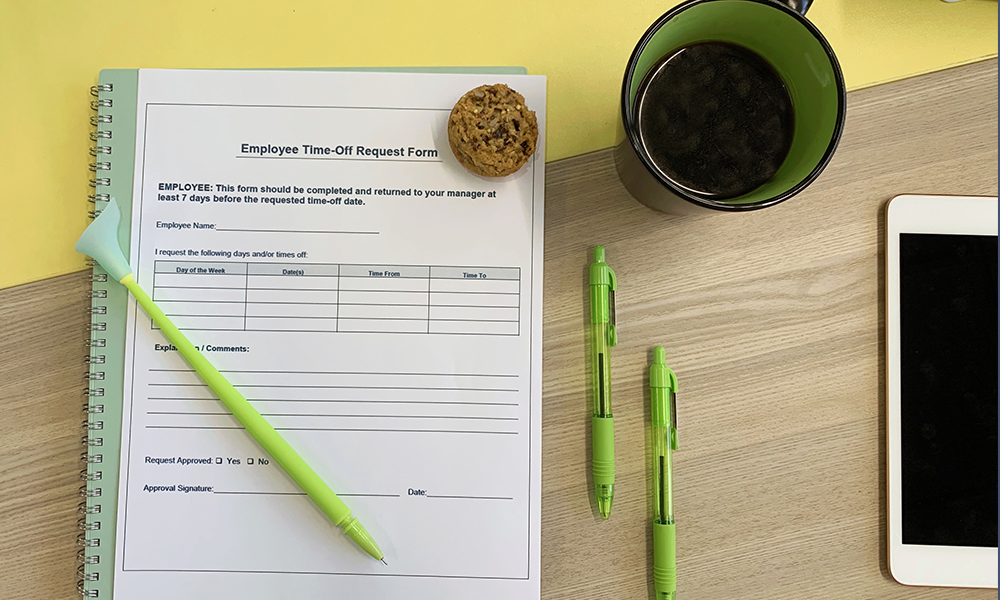You’re looking for a new point-of-sale software. You need something that records your transactions and collects data on your sales. You find one that’s user friendly and has a sleek interface. And look! It integrates with all your accounting software. That must mean it’s the best option, right? Here’s the deal- Integrating software does not always mean more efficient work.
You already have that data saved.
Back in the old days, data was scarce and people were scared of losing it. Everything was copied and stored in a centralized location. But data doesn’t work like that anymore. Now we have cloud hosting, so your POS system can store your receipts and your customer invoicing system can store sales data. You don’t need all of your data in one place anymore because your accountant can access your data from the cloud.
Integration just means copying a set of data from one place to another, and it can get messy. Imagine this: you have two POS systems that promise integration. The first one sends 3,000 receipts a day to your current accounting software. The second one sends over one entry a day with the same information, summarized. The two systems do what you need them to do on the front end. The first system unnecessarily duplicates data that is already stored in the system itself, and the second summarizes the data in a simple form.
You aren’t sure what happens when you press that “integrate” button.
If you don’t familiarize yourself with the integration system, you have no idea what happens behind the curtain. Depending on how your integration is set up, it can impact the data and records in your accounting software. You could be inputting data into your accounting software without understanding the output.
Your various software can communicate with each other. Some applications only send or receive data, while others can do both.
Imagine your integration is set up to communicate both ways. You create invoices on your client invoicing system. Your accountant sees that a few payments were input incorrectly, so they delete some of the data that was pushed through your invoicing system. Well, your accounting software communicates this. Before you know it, your integration has unintentionally deleted records on your client invoicing system.
Integration may make more work for the accountant.
These integrations are designed, built, and managed by people, and people make mistakes. If you did not understand the mapping and the way the applications speak to each other when you set up the integration, then it will likely result in unreliable data and false records that could go undetected.
If you have a good accountant, they will probably start to detect these errors when they benchmark the output of your integration against real money. Then they will have to fix them, and go back through old data to balance the accounts. Through this integration, you just made more work for your accountant.
Let’s say you have an accountant who isn’t experienced with this type of error and doesn’t know how to correct it. Now you have a mess on your hands, and no one knows how to clean it up.
Overall, your integration could cost you time and money. When using this technology, make sure that you understand how the system works and have the resources to handle issues if they should arise.
Before you integrate, consider this:
You may be excited to integrate, and it could be worthwhile. I’m not telling you not to integrate, but wait until you can integrate with intention and clarity. Ask yourself these questions prior to integrating:
1. Do I understand what it means by “integrate?” Don’t make assumptions, ask your accounting team to help you investigate. How does your software communicate? What triggers what? What data goes where? Does the data change or duplicate? How will it look once it is integrated? Will it affect one transaction or every transaction?
2. Am I prepared? Do you have a proper setup in place? Do you have procedures created around the management of this system? Are your procedures clearly defined and understood by the person in charge of this system? Are there controls in place? Do you have a contingency plan in case something happens?
Do I have people and resources that can jump in to troubleshoot errors? Is my accounting team comfortable with this? if they aren’t, they might not be able to produce the best work.
3. Do I really need to integrate? What are the pros and cons? How much extra money will it cost me to integrate this system? Consider the maintenance and the cost of auditing these systems to make sure they’re running smoothly. Does it actually make it easier or am I making unnecessary work? What does my accounting team think?
If you have all the reports and information from that system that you need, is there really a reason to integrate? You already pay for systems to store this data, is it worth the extra time and money to integrate this data into your existing software? There will be both pros and cons to integration, just make sure the pros outweigh the cons.
Share this article




